The Belvaros - Budapest's Baroque Heart
![]()
After a wonderful four days with Gabor in Szentendre, we were ready to begin our exploration of Budapest, to seek lessons in Hungarian history and culture and to find opportunities for urban research. We traveled by Metro Red Line to the Keleti Palyaudvar, a grand old railway station (below left). From here, we walked to the Dominik Panzio, our home for the next 12 days. The panzio (pension) was located in a solid brick building behind a church and shared space with a school (below right).
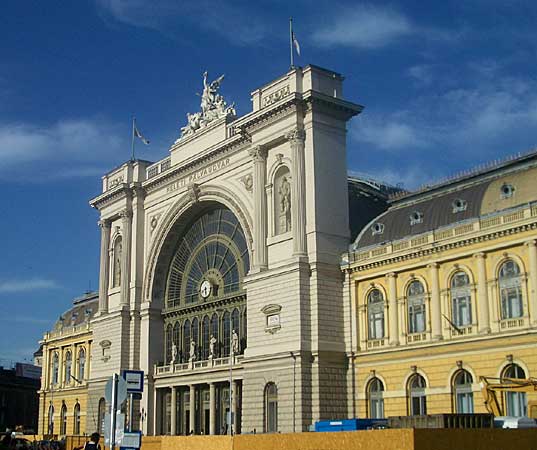
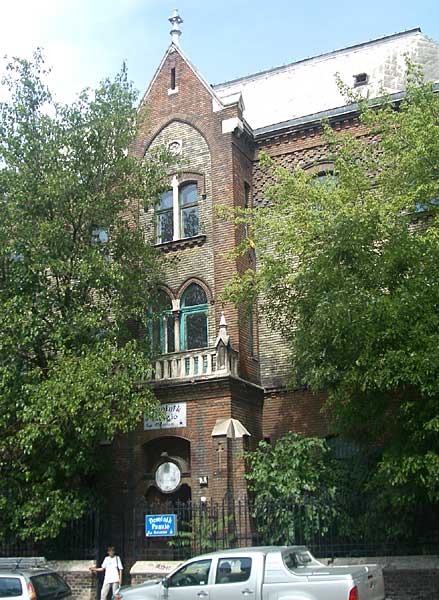
We began exploring immediately, realizing that this neighborhood had seen grander days, with many large Baroque buildings that were once family villas (below left). Now many had been divided into flats, but one was still grand, serving as the Romanian Embassy (below right). As we walked, we realized that we'd need to study our new dictionary in order to understand the signs. There were none in English and Hungarian is unlike any of the languages we knew. We shifted into discovery mode, elevating our observation and sleuthing skills to maximum level.
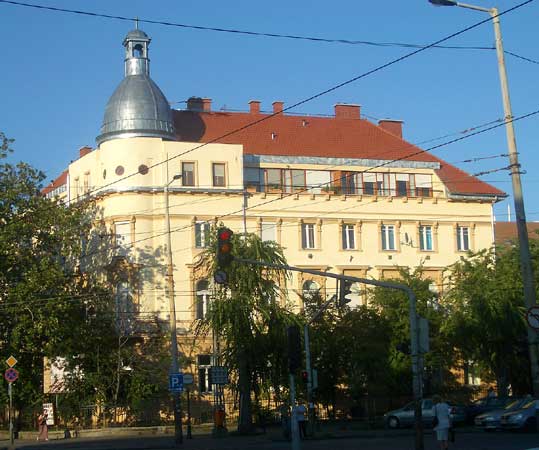
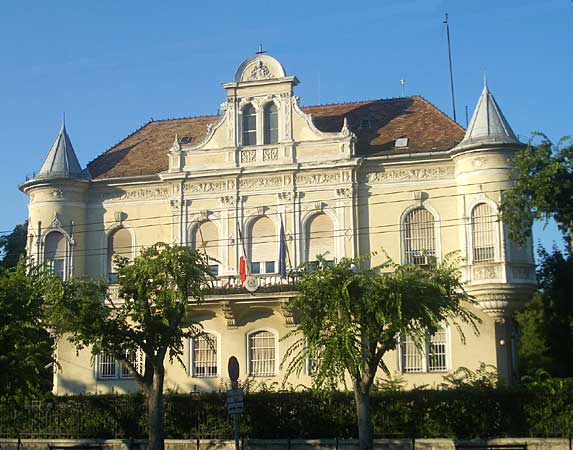
In the days that followed, we expanded our explorations of Budapest, riding the buses and trams mostly so we could see where we were going and hop off whenever we found an intriguing quarter. The Belvaros (historical center) of Pest was chock-full of delightful Baroque and stately Neoclassical buildings interspersed with more modern ones.
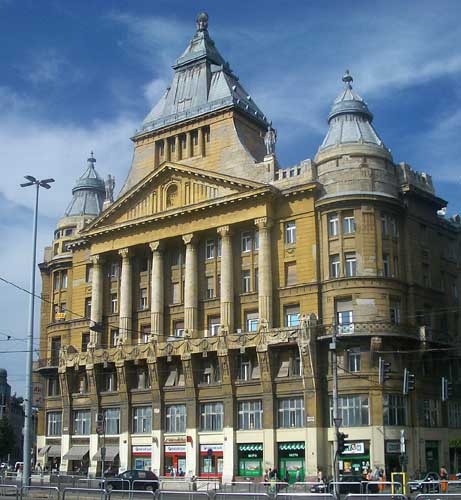
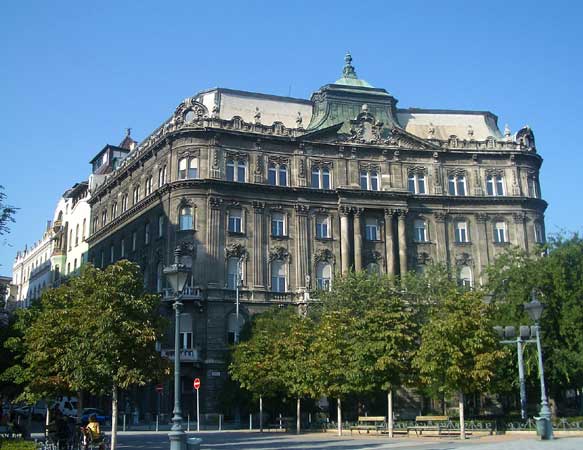
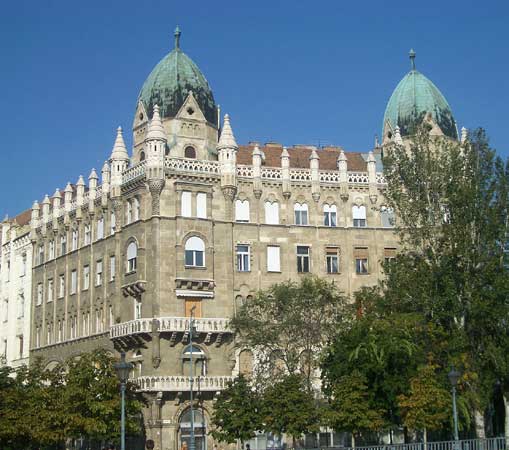
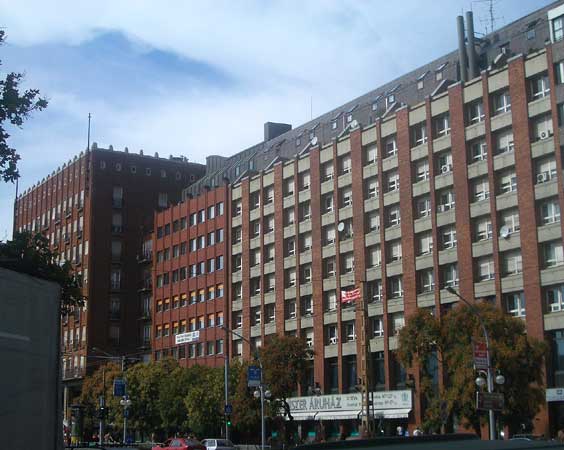
Of course, the Duna (Danube) flowing through Budapest's heart was the focus for most of the city's great events. All along the Szechenyi Rakpart, the embankment along the river, we strolled, well protected from the roadway and tramway along the river's edge, enjoying the panoramic views of all the bridges and Buda across the water.
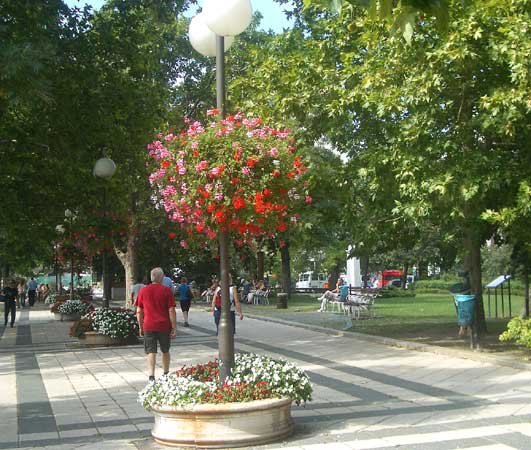
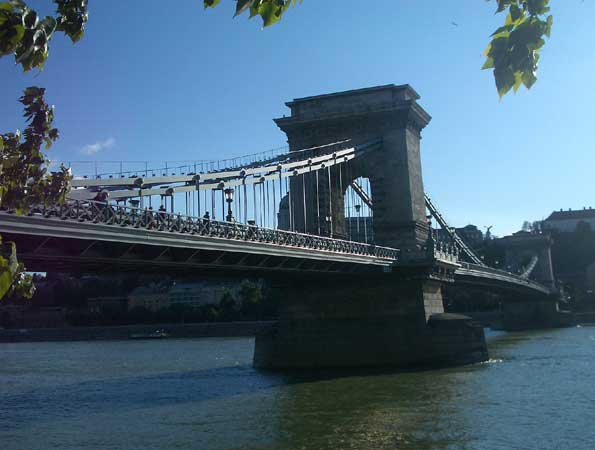
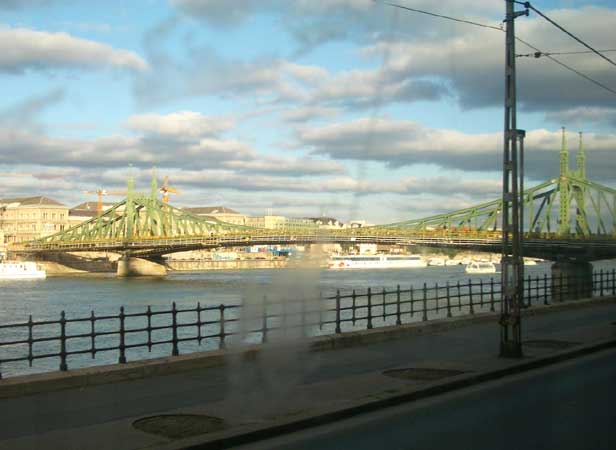
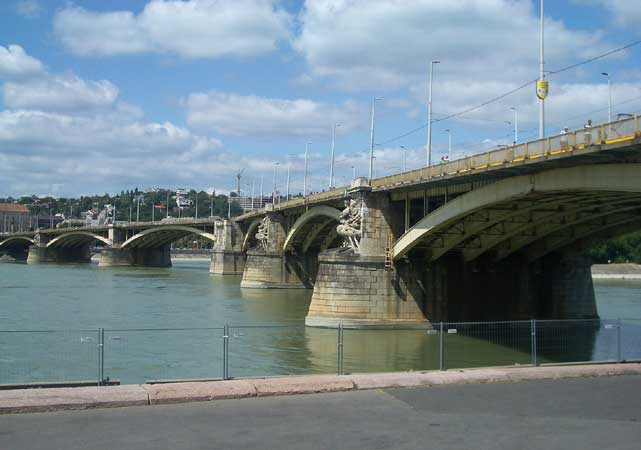
On the Pest side of the river, the Hungarian Parliament sat grandly beside the Duna, an august neo-Gothic expanse of flying buttresses with statues of Hungarian rulers looking down on visitors. The park surrounding the building gave us a first introduction to some of Hungary's heroes:
- Lajos Kossuth, who was one of a group of men held in high regard among Hungarians because of their resistance to the Hapsburg rulers in the mid 1800s (top right).
- Ference Deak, who negotiated the Austro-Hungarian dual monarchy, thereby bring political stability to Hungary (bottom left)
- Istvan Szechenyi, who contributed greatly to Hungarian civilization in the mid 1800s (bottom middle)
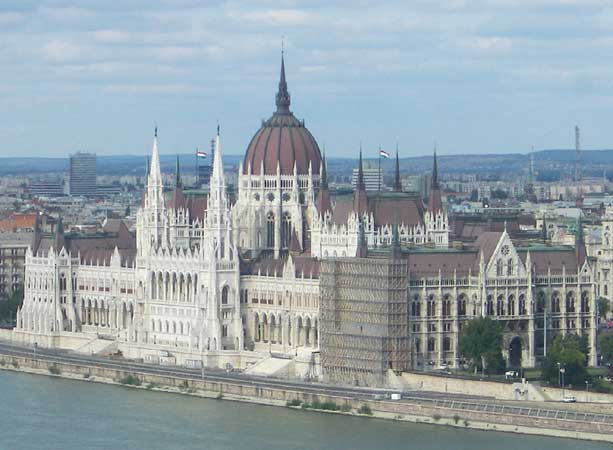
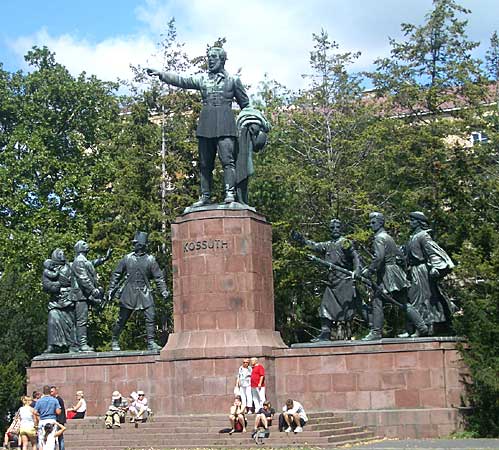
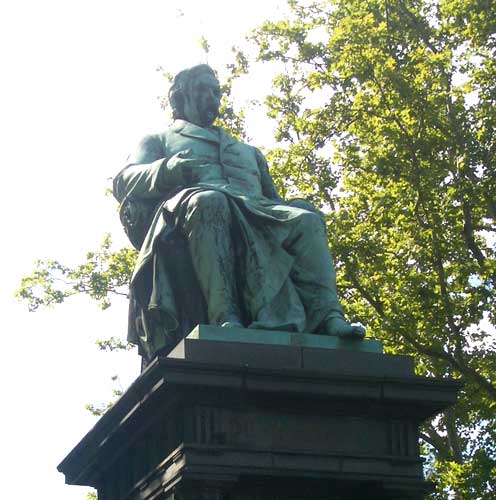
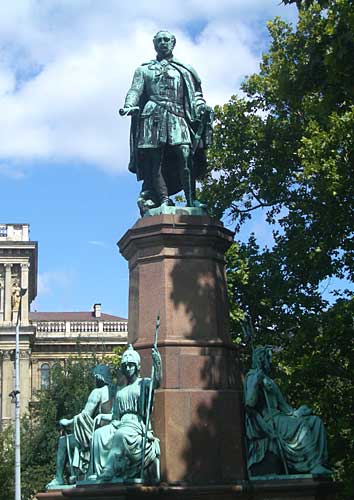
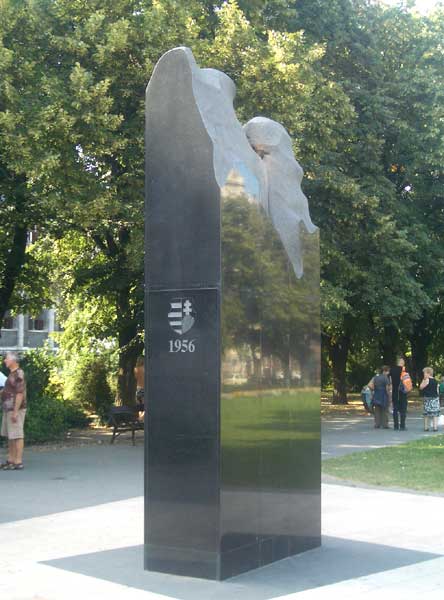
A short walk from Parliament, we discovered Szabadsag ter (Liberty Square), a lovely formal park surrounded by significant buildings including the National Bank and the Stock Exchange which became the headquarters of Hungarian Television after the Communists abolished the stock market. The US Embassy occupied an important position on the square, fortress-like behind its barriers and fences, juxtaposed with the Soviet Army Memorial occuping the center of the the square (below left). Behind it was a white tent with a sign (below right). It was clear to us that the animosities generated during the communist years had not disappeared. Another sign explained that there were still 2700 other Soviet monuments throughout Hungary.
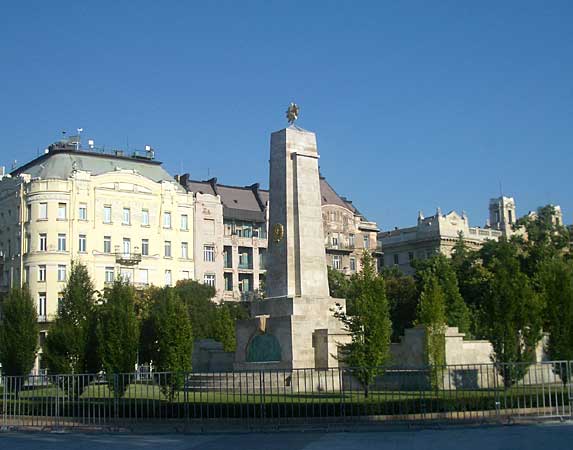
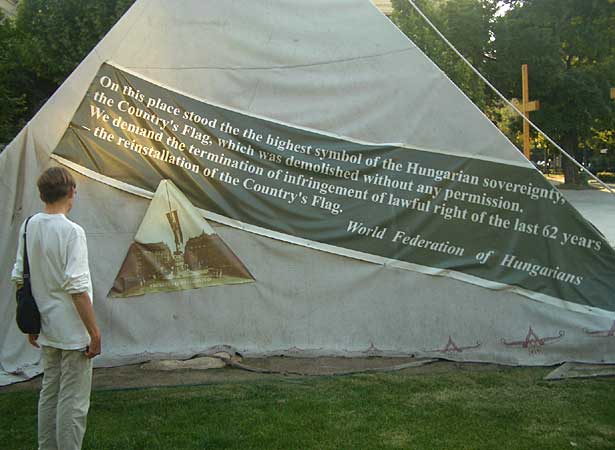
As we continued our walks through the Belvaros, we discovered more urban streetscapes and pedestrian shopping streets. Nearby, the bright yellow, red and blue facade of the Dohany utca Synagogue with its gilded onion domed towers caught our eyes. It was lovingly restored after the transition in the 1990s.
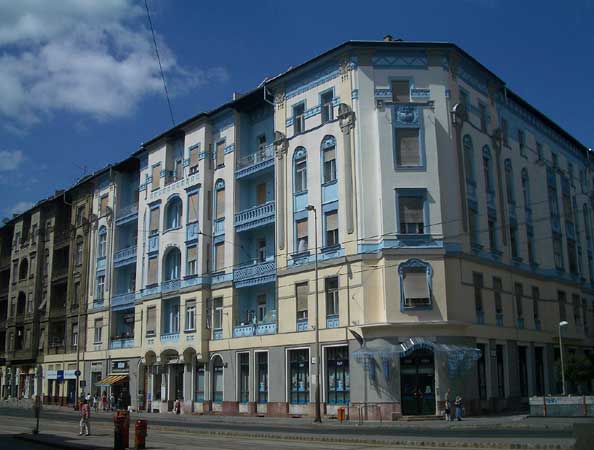
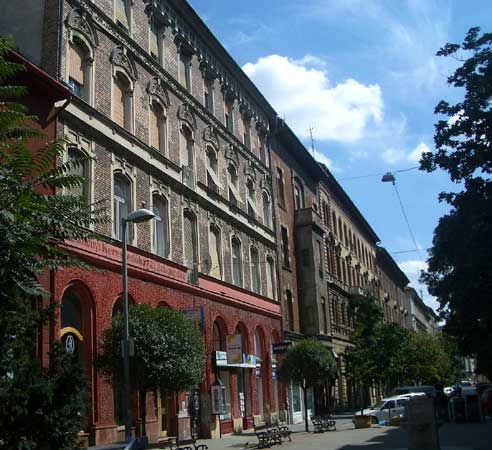
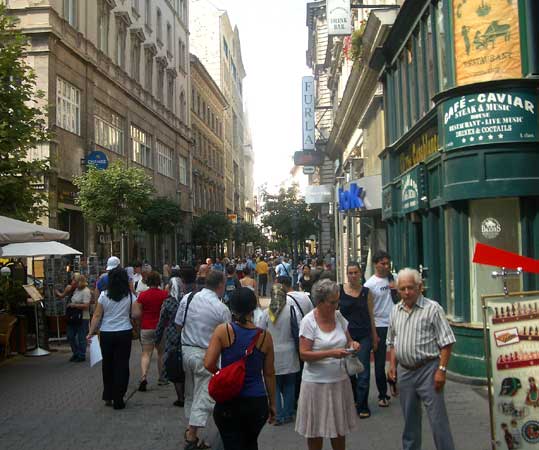
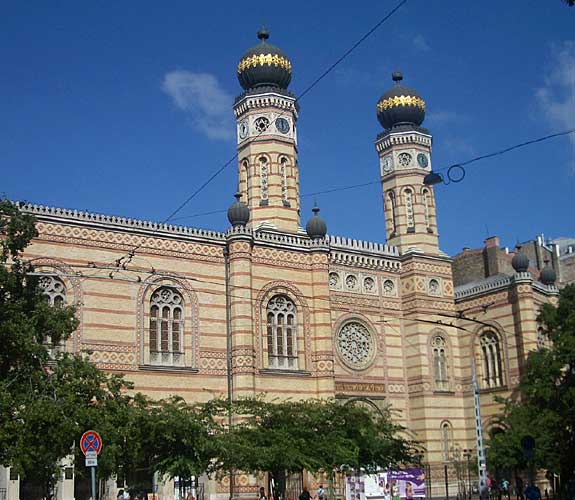
Nearby, the towers of Szent Istvan's Basilika rose majestically above a broad plaza. Inside, the columns of dark red marble, the statues of Hungarian saints all around with Szent Istvan himself above the altar, and the pleasant melodies of a choir and organ floating through the great space enchanted us.
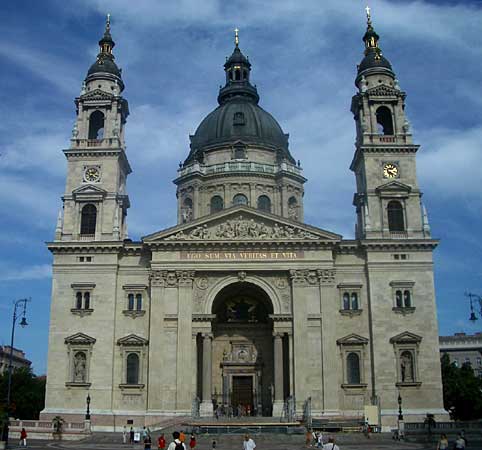
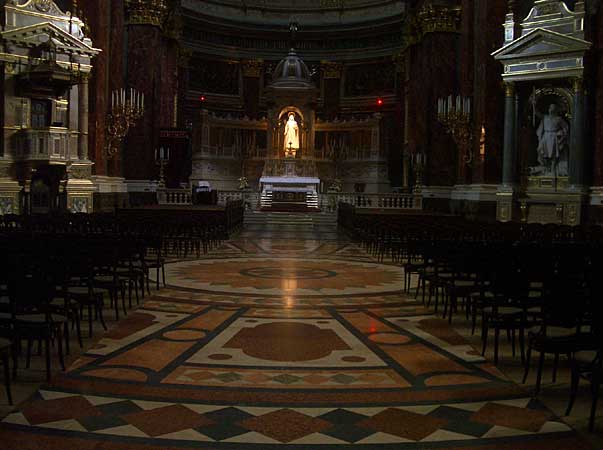
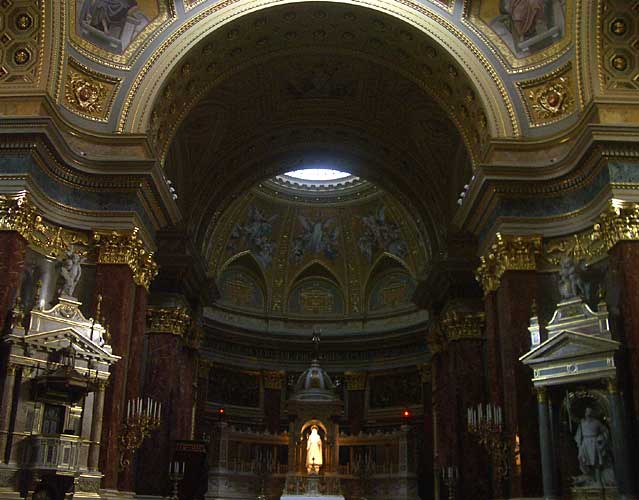
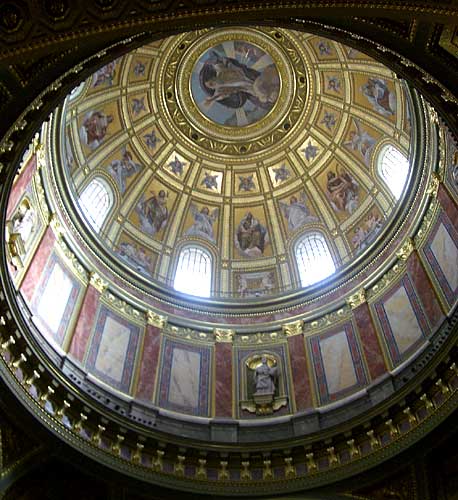
Returning to the Szechenyi Rakpart on another morning, we heard the roars of small airplane engines and joined others who were looking toward the great Szechenyi Lanchid (chain bridge). A small plane swooped into the air in a great loop, sped toward the bridge just above the water and flew underneath! At first, we questioned what we had seen - turning to each other for confirmation. Then another plane made the same great loop and also flew under the bridge! This time there was no mistaking what we had seen. We watched for a while, captivated, as the planes maneuvered through a slalom course marked by large red inflated pylons, swooped into the air and under the bridge at top speed. We found a large signboard with the route of the planes clearly delineated and learned that this was the Redbull Air Race.
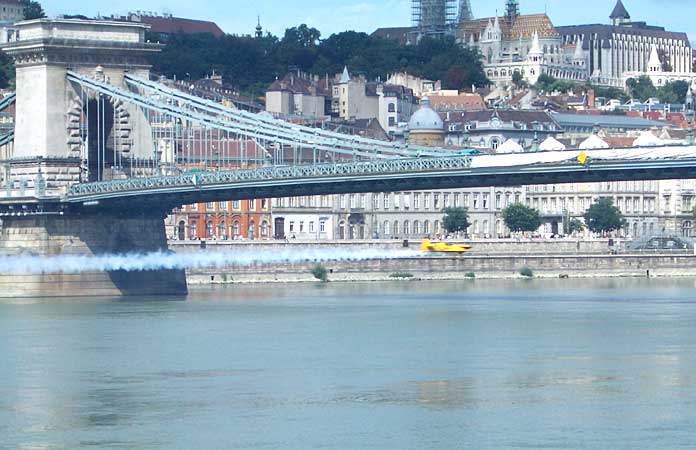
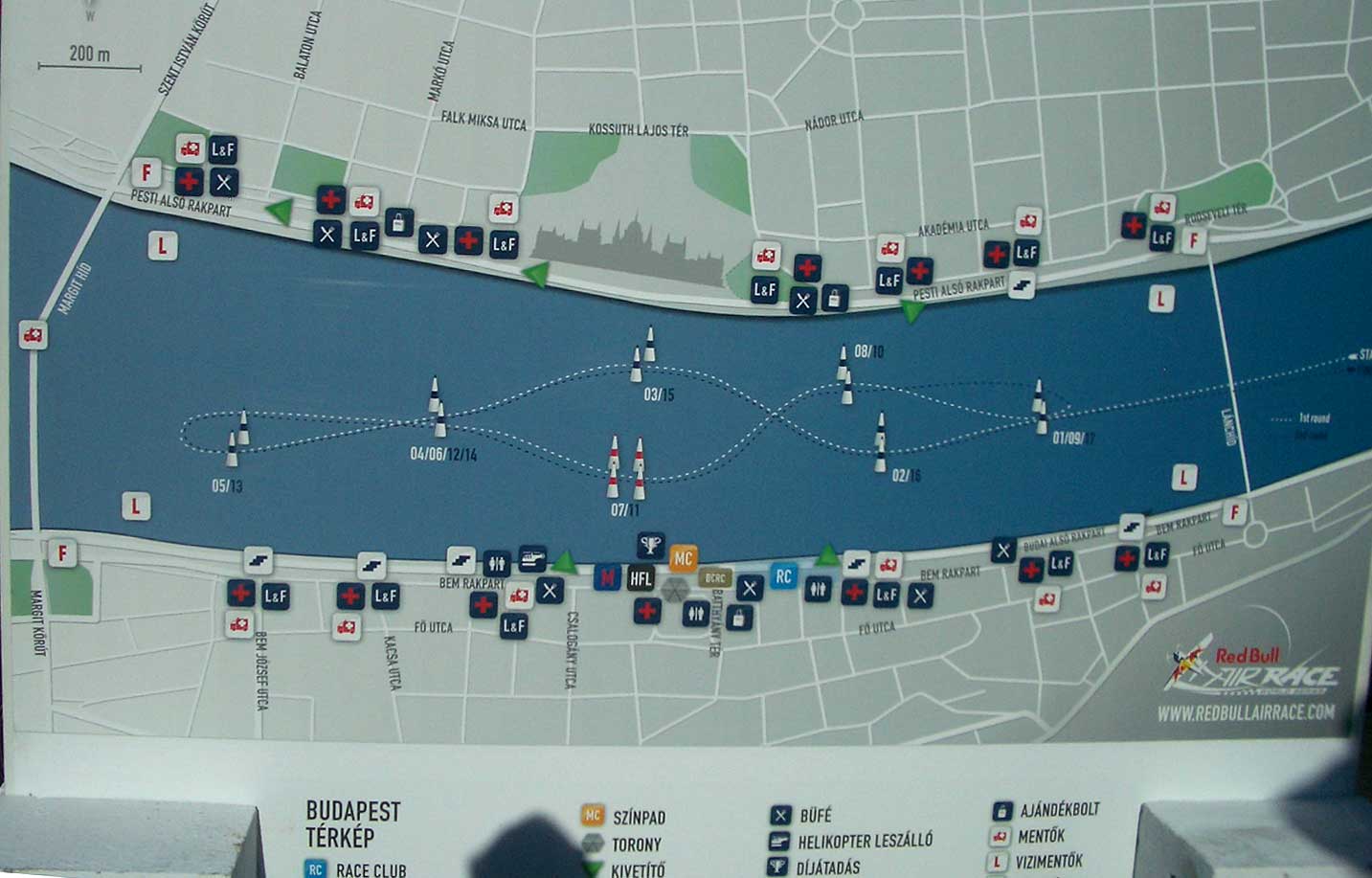
The final rounds of Air Race took place on Szent Istvan's Day, August 20, adding to the festivities. Szent Istvan's Day is a national holiday honoring the death of Hungary's patron saint and "Father of the Nation" with historical pageants, craft fairs, folk dancing, food stalls and general merriment. We joined the crowds but missed much of the essence due to our lack of Hungarian. Still, we had a fine day, ending with a visit to a wine festival where we tasted some great Hungarian wines. Thankfully, good wine doesn't need much translation.
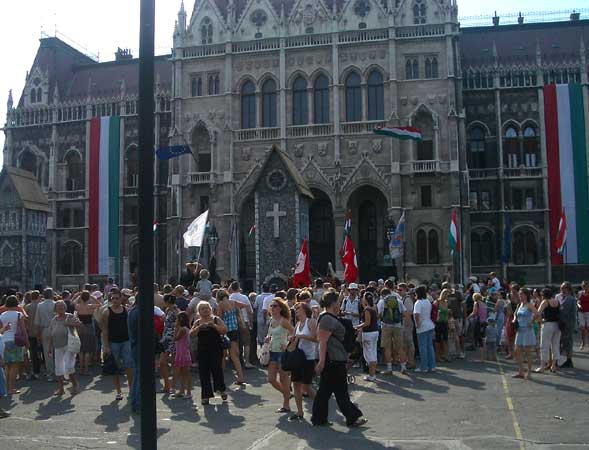
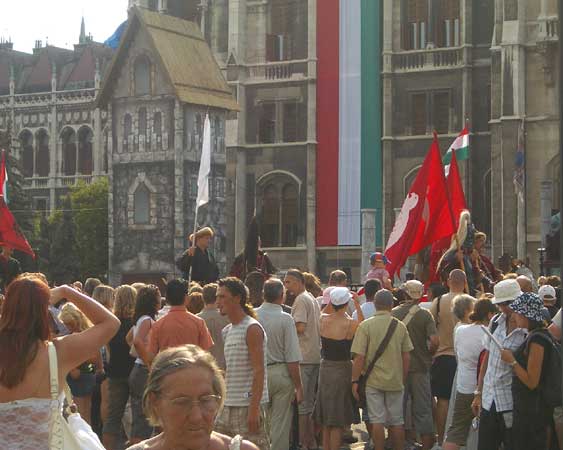
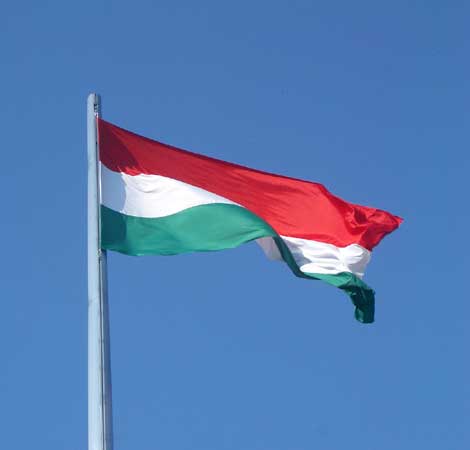
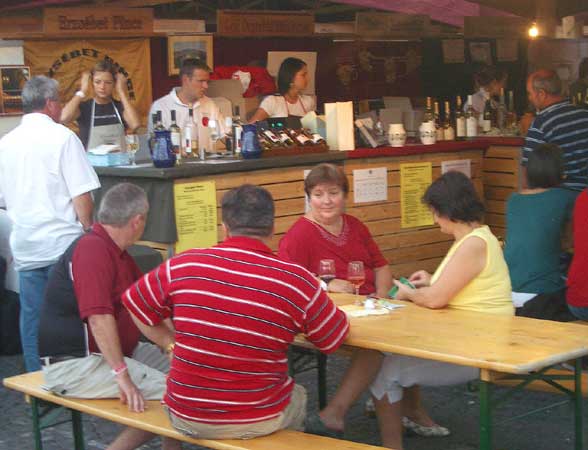
At the turn of the 20th century, Budapest, enjoyed a flowering of Art Noveau architecture. One of the most glorious examples, the Gresham Palace, was comissioned by a British insurance company in the early 1900s. War damage and deterioration threatened it very existence until a loving restoration gave it a new life as the Four Seasons Hotel. We walked inside to admire and stayed for a delightful (albeit a bit expensive) cappucino.
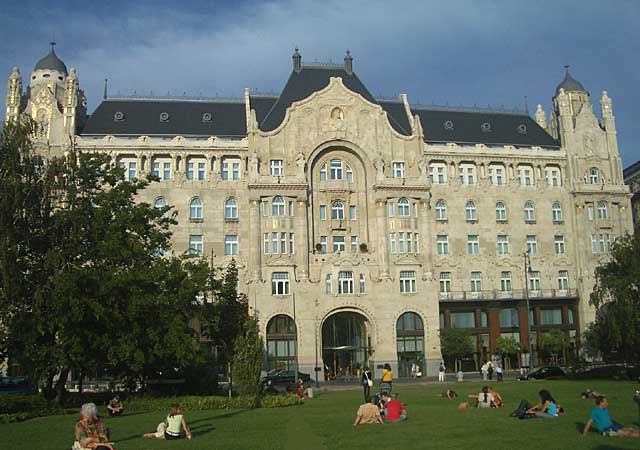
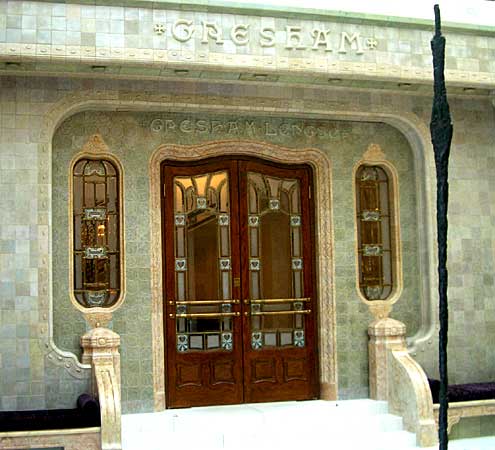
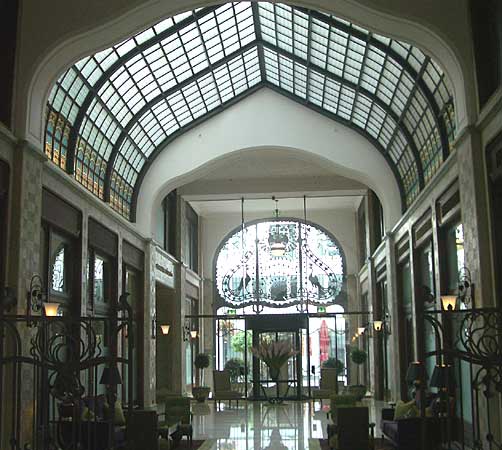
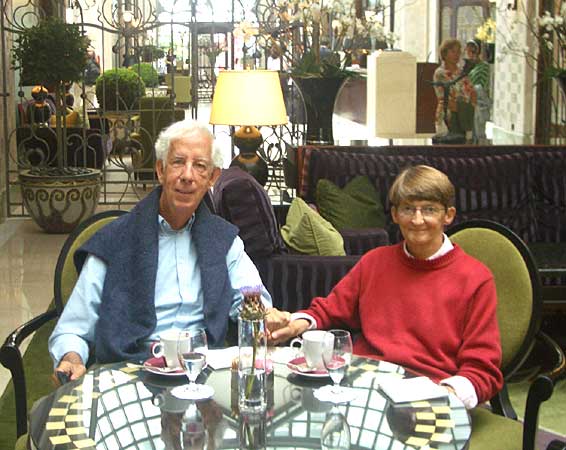
There were other wonderful Art Noveau buildings scattered around the city and we discovered several on our walks.

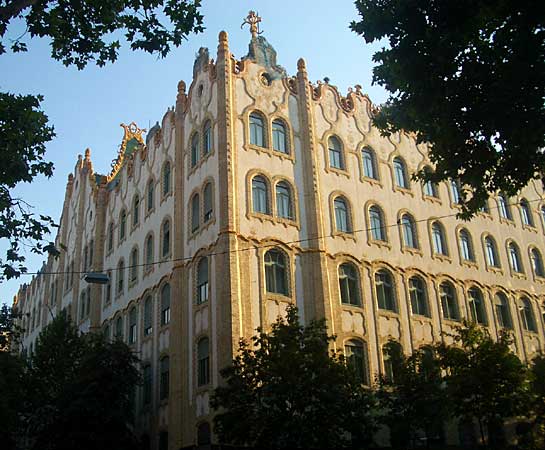
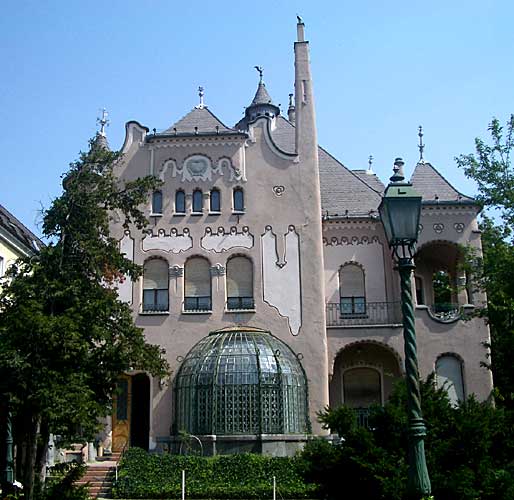
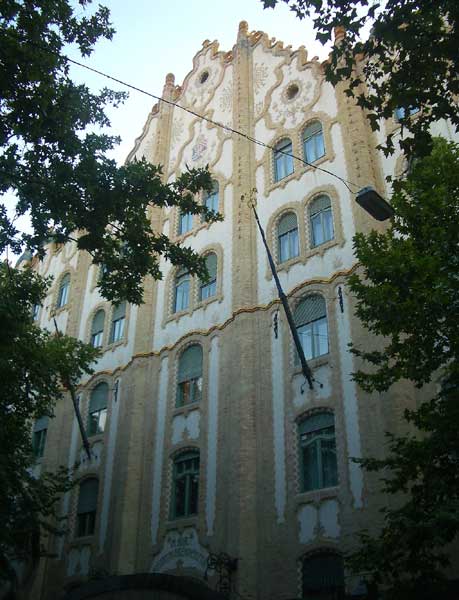
Andrassy ut, perhaps Budapest's grandest boulevard, slices through the Belvaros from Deak ter to Hosok tere (Heroes Square). We rode the Metro Yellow Line, the oldest line, built from 1894 to 1896, the first underground line on the European Continent and the second in the world. At the Opera Station (below left), we emerged to admire the elegant Opera House, a testament to the culture of the city (below right).
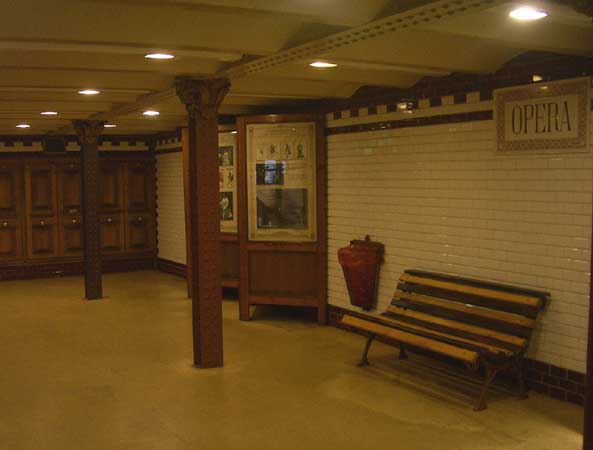
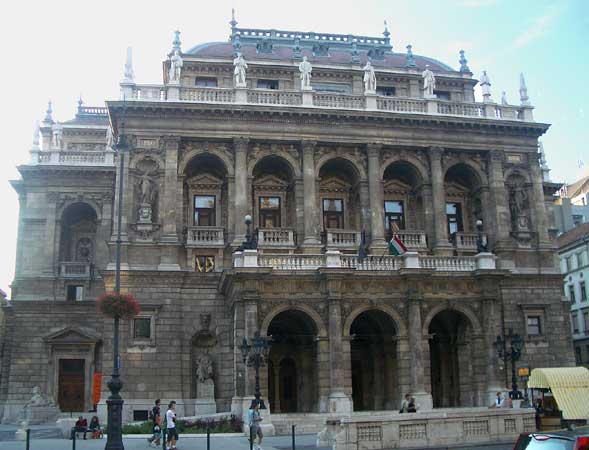
We walked along Andrassy ut to the Hosok tere, the grand plaza laid out in 1896 to commemorate the 1000th anniversary of the Magyar conquest. It is dominated by the Millenniary Monument, a semicircular colonnade with a 36 meter high column topped by a statue of the Archangel Gabriel in the centre. On either side of Hosok tere were neoclassical museums.
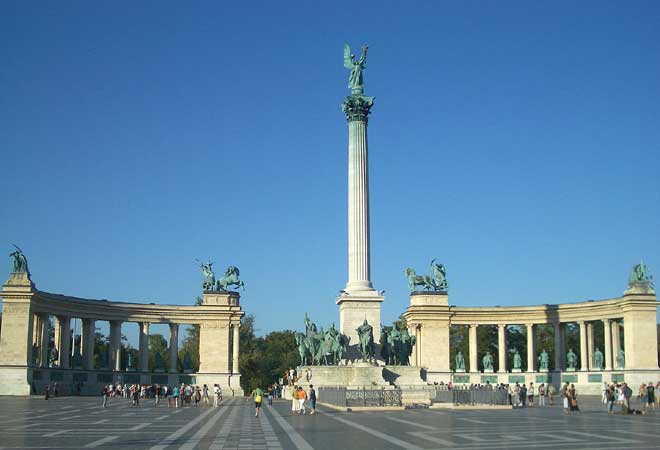
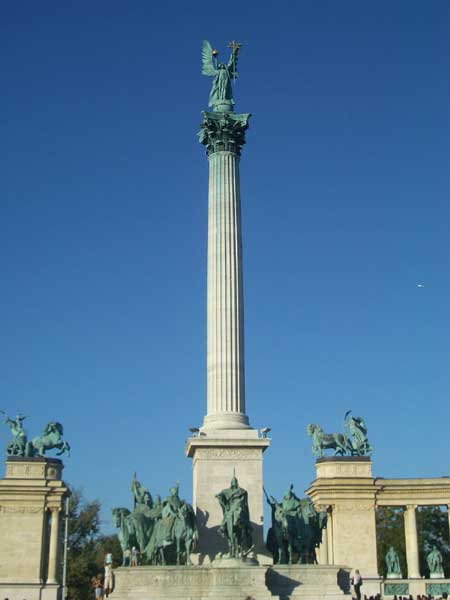
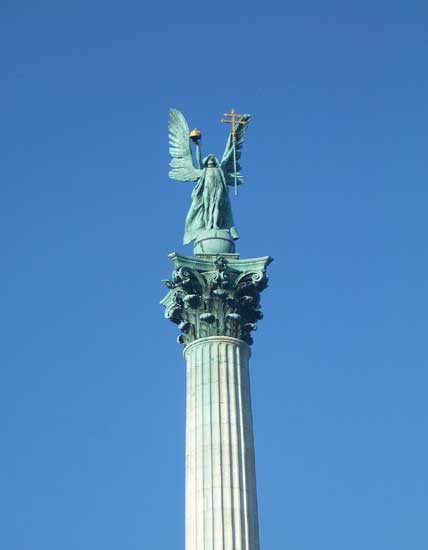
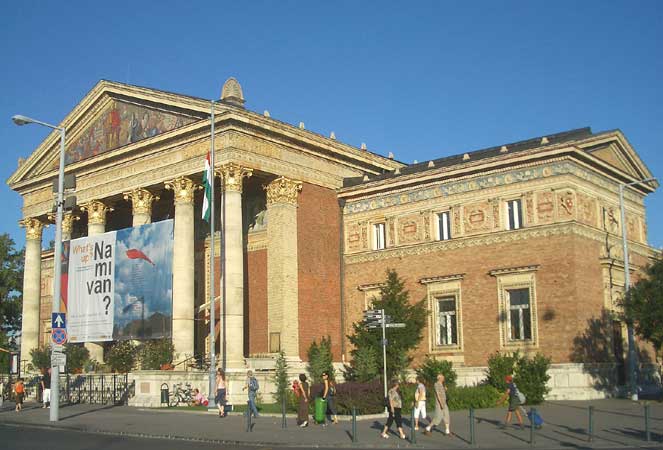
Behind Hosok tere, the leafy green expanse of Varosliget (City Park) with its green lawns, great old trees, a lake with an island on which Vajdahunyad Castle stands housing a museum and other cultural sites offered city residents a connection with the natural world.
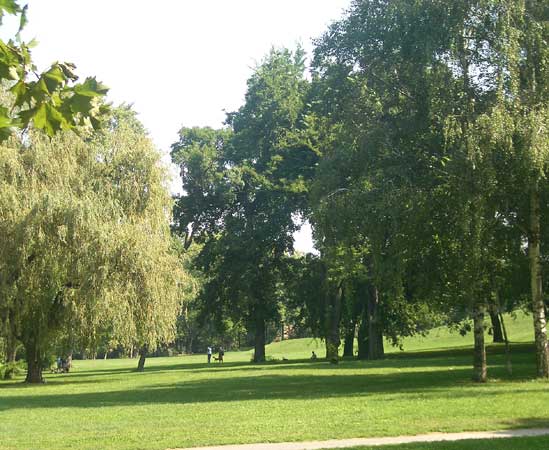
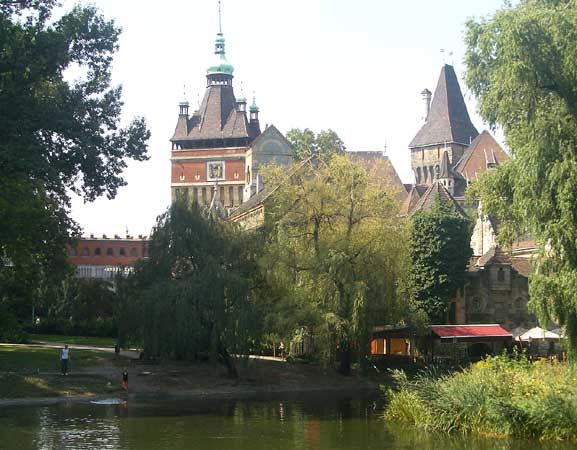
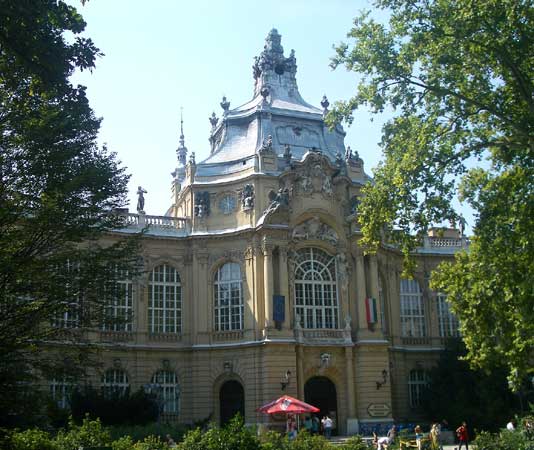
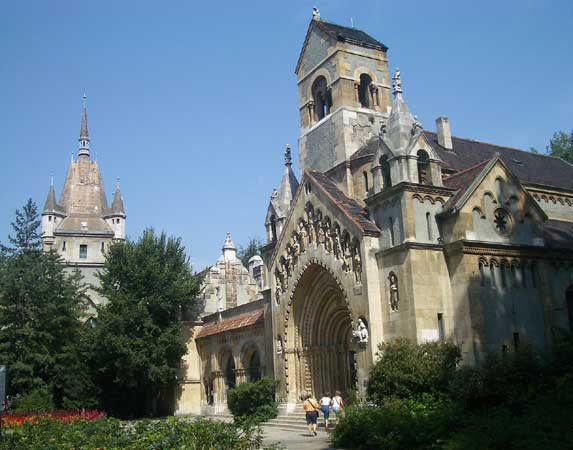
On the far side of the park, the Szechenyi Baths, looked more like a palace and offered various hot spring bathing options in an wonderfully elegant setting.
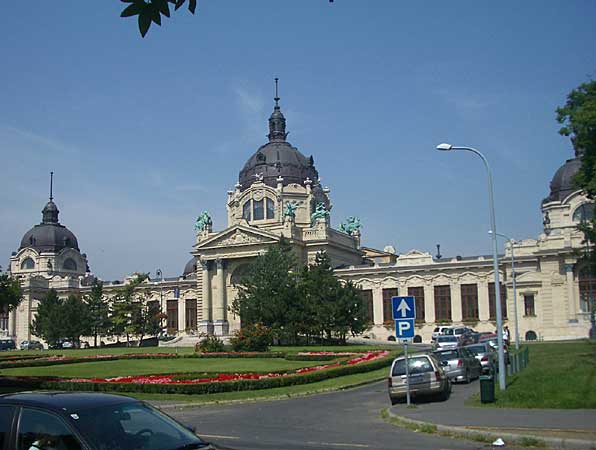
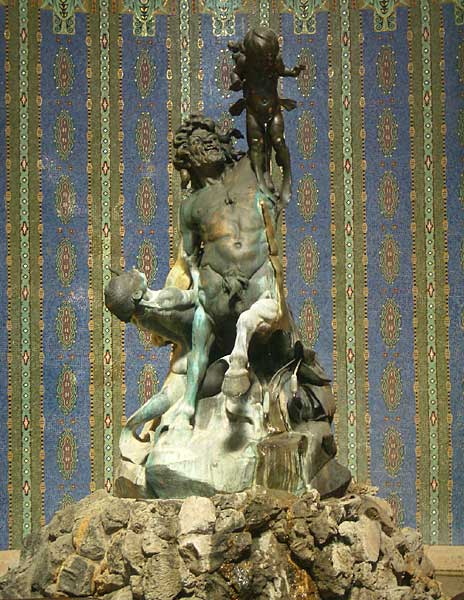
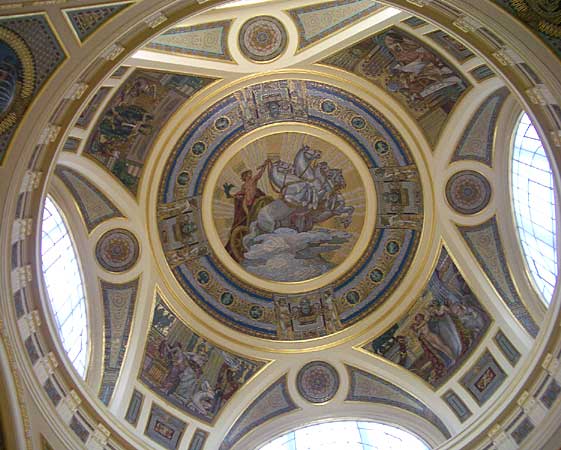
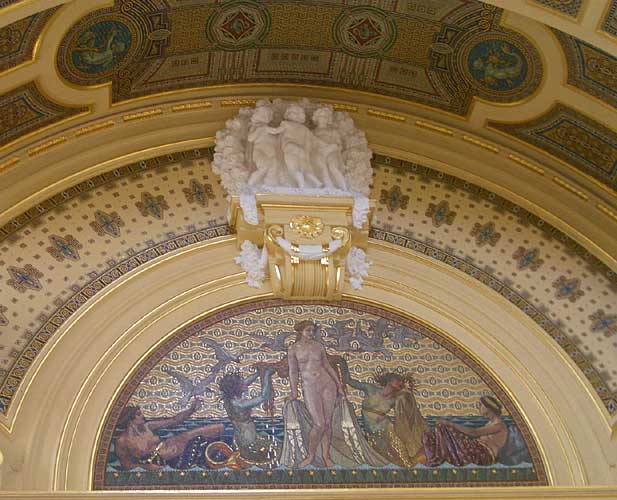
All great cities must have a market and Budapest is no exception! The great wrought iron Market Hall offered shoppers a wide array of gyumolcs, zoldseg, hus and hal (fruits, vegetables, meat and fish) along with folk arts and even displays providing guidance on mushroom hunting.
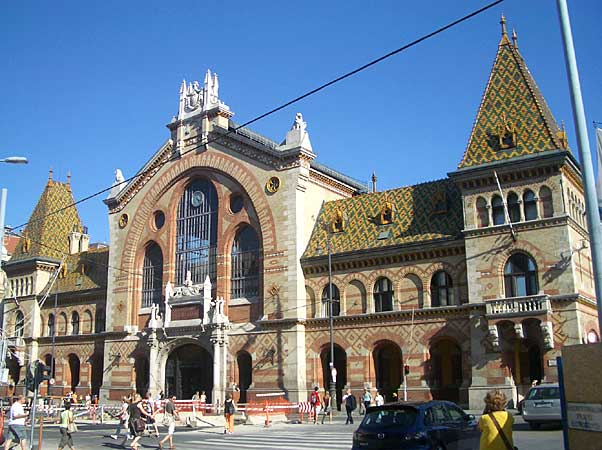
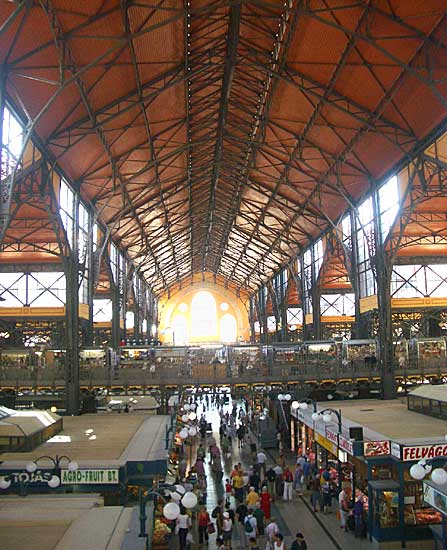
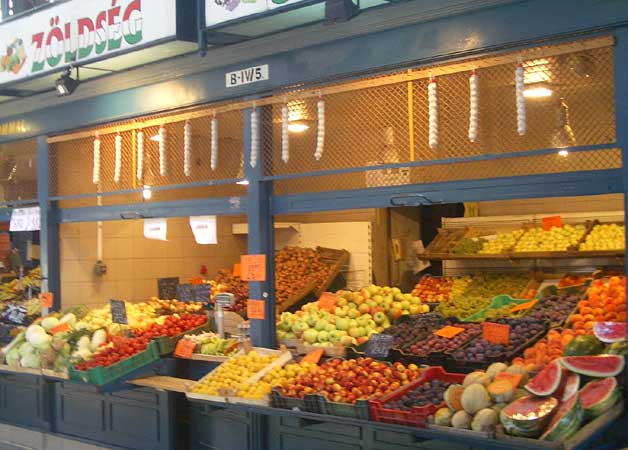
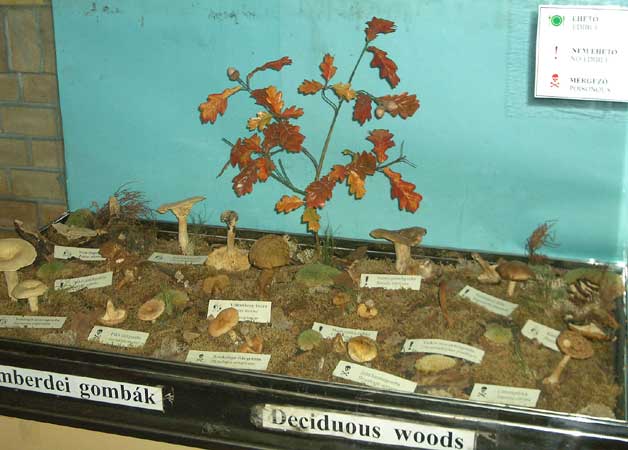
Not far away, the Hungarian National Museum, another project of Count Ferenc Szechenyi who donated thousands of prints and manuscripts to provide the basis of the collection, occupies a splendid neoclassical edifice and offered visitors a survey of Hungarian history. Our visit filled in many details of the story that we had pieced together from reading and visiting other parts of the city.
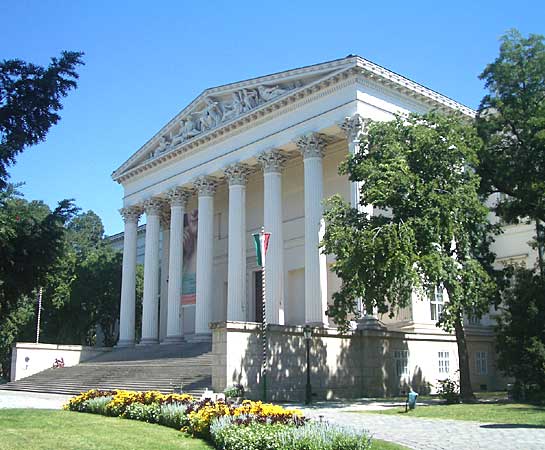
We were only beginning to understand the tremendous impediments and challenges that the Hungarians have faced throughout their history to survive. Our respect for this determined and courageous people was expanding along with our growing fondness for Budapest as a truly People Friendly City.
Click here to return to More Travels in Europe - Summer 2008 page
![]()